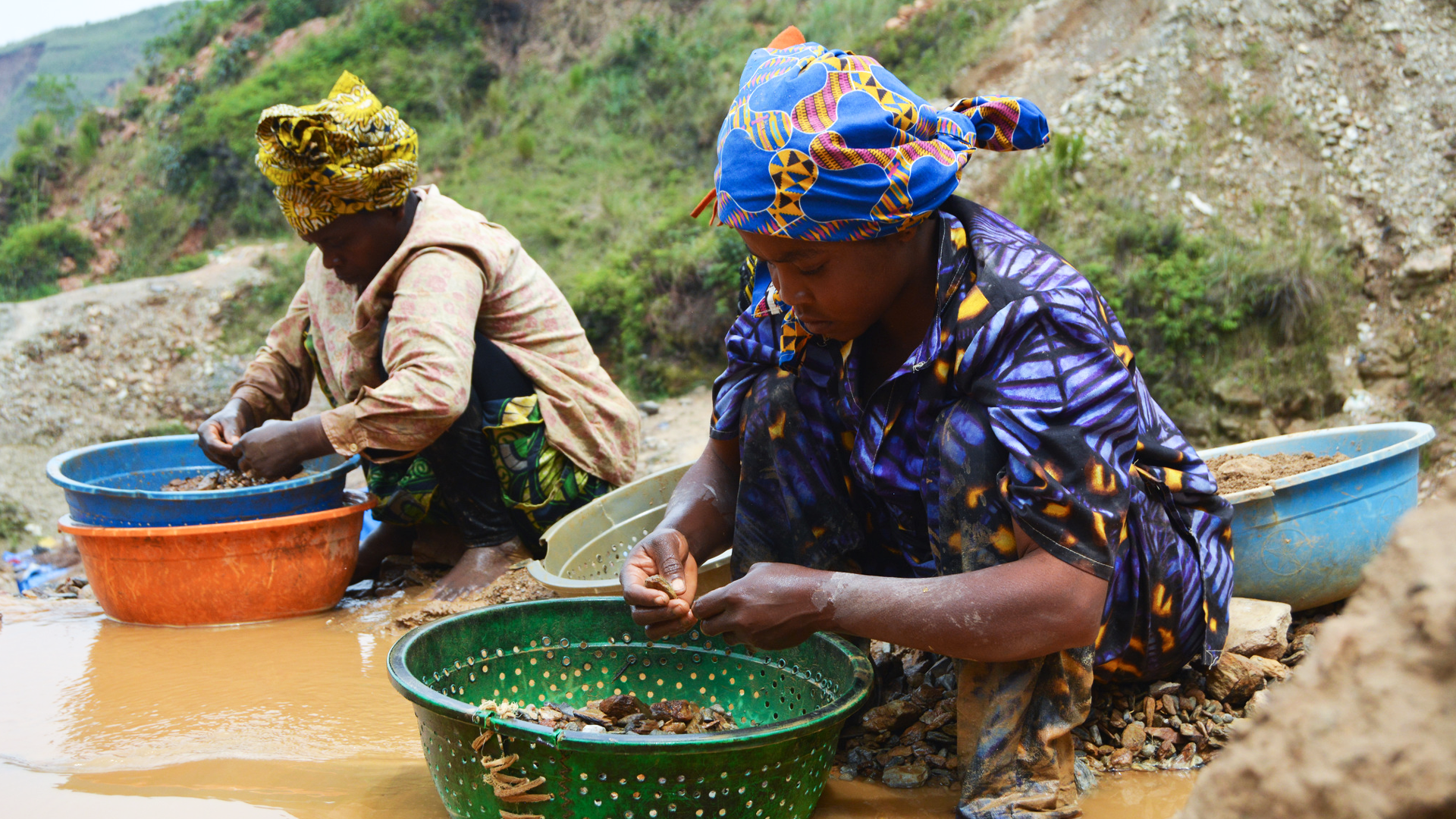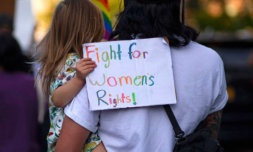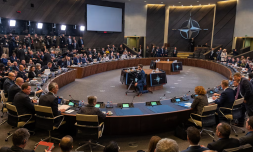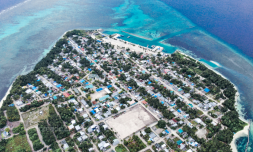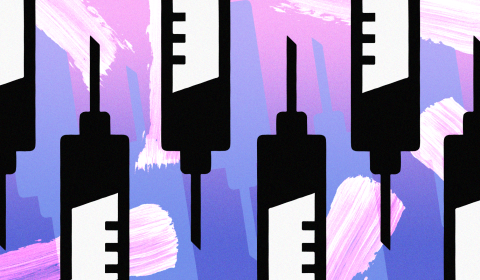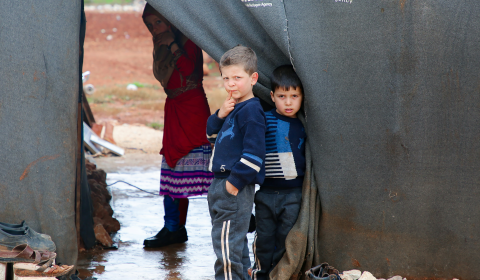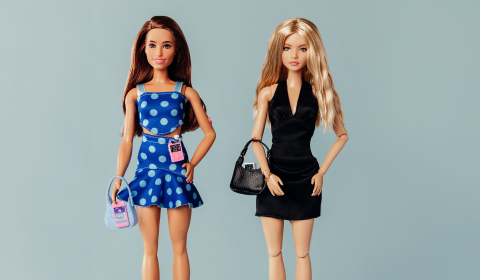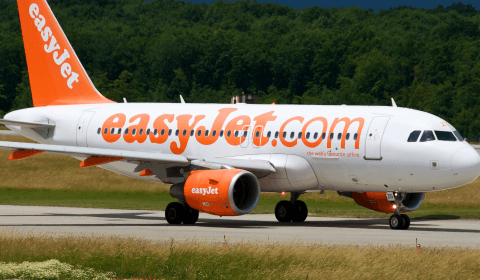In Eastern DRC, thousands of children and families have been displaced by the resurgence of M23 rebels. Community clashes over gold has left some dead and hundreds of children currently work at gold mines.
Since the beginning of this year, violence has steadily escalated in the east of the Democratic Republic of Congo. It has caused tension across the country.
Different armed groups are specifically targeting gold mines. The ensuing chaos has resulted in child fatalities and the evacuation of thousands of people. According to UNICEF, more than 40,000 children aged 3-17 years have been displaced in North Kivu’s Ruthsuru region.
The total number of evacuated people so far is more than 700,000.
Armed group attacks
According to the Human Rights Watch, more than 100 armed groups operate within the eastern part of the DRC.
The militia groups have caused mayhem over the years. The resurgence of the M23 rebel group early this year in March has left displaced families in urgent need of humanitarian assistance.
Last month, there were several attacks that left one UN peacekeeper and two policemen dead at the Butembo base that MONUSCO operates from. Late last year, the rebel group M23 fought the country’s army and the UN peacekeepers from many regions in the north and eastern part of DRC.
So far, many children have been left with no access to education and are forced to be recruited by the militia group or flee to avoid the violence.
The M23 rebel group has caused tension between Rwanda, Uganda and the DRC government. The DRC has accused Rwanda’s President Paul Kagame of sponsoring the armed group with troops and weapons.
Due to the rich gold mines, the rebel group has tried to control these areas over the years. The M23 militia is a former Tutsi-dominated group that has its roots from the neighboring nation, Rwanda.
According to the UN, the militia groups Allied Democratic Forces (ADF) and the Cooperative for Development of the Congo (CODECO), have terrorized locals in North Kivu and Ituri provinces.
Early in June this year, in only three weeks, 150 innocent lives were lost due to clashes. Last week, seven people were left dead including two minors in the highlands of South Kivu between militias from different communities over gold mine areas.
Education in these areas is limited. Children are unable to go to school due to constant clashes. Some schools act as refuge centres for the displaced persons as others are used by rebel groups as strategic points to attack the army and the locals.









